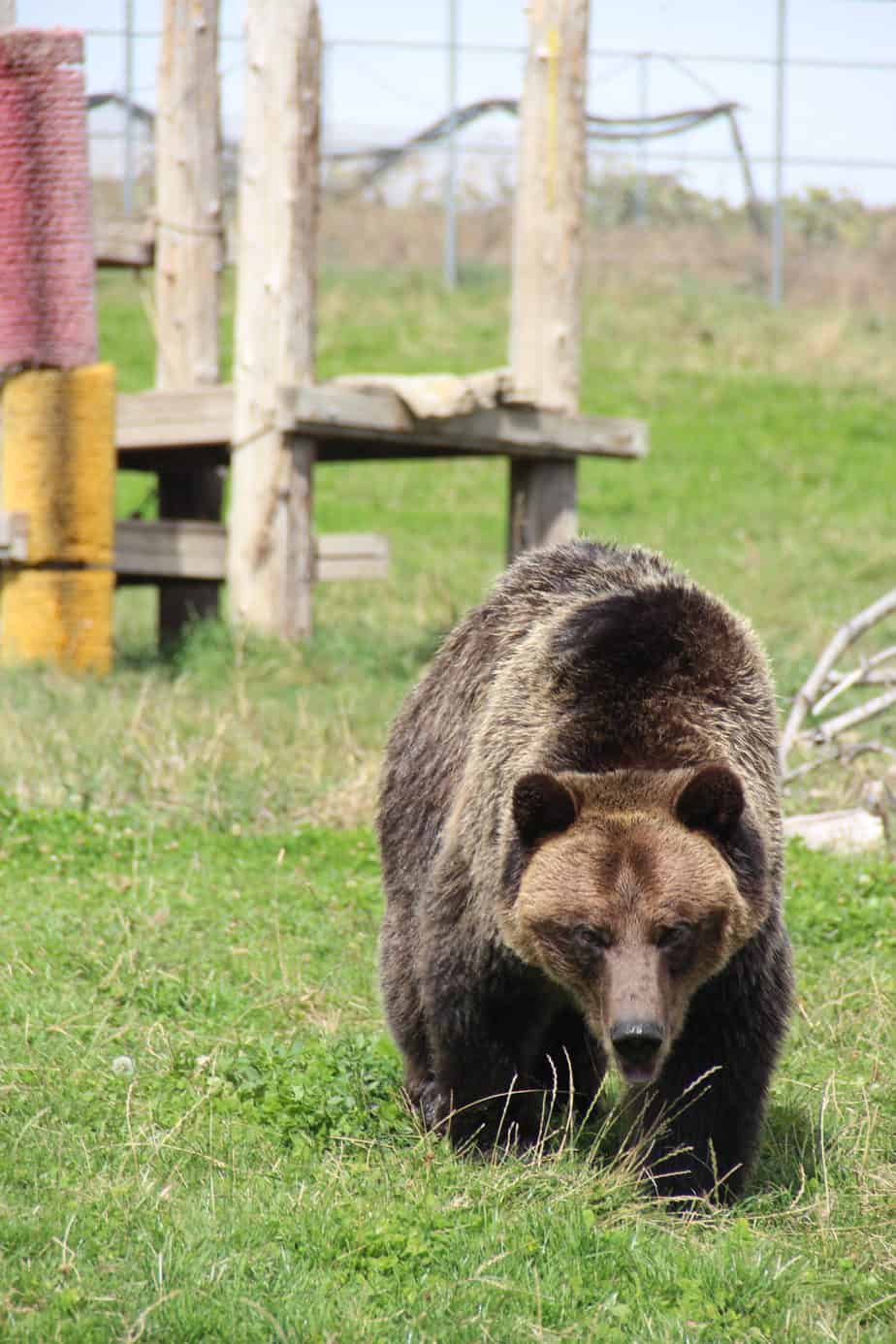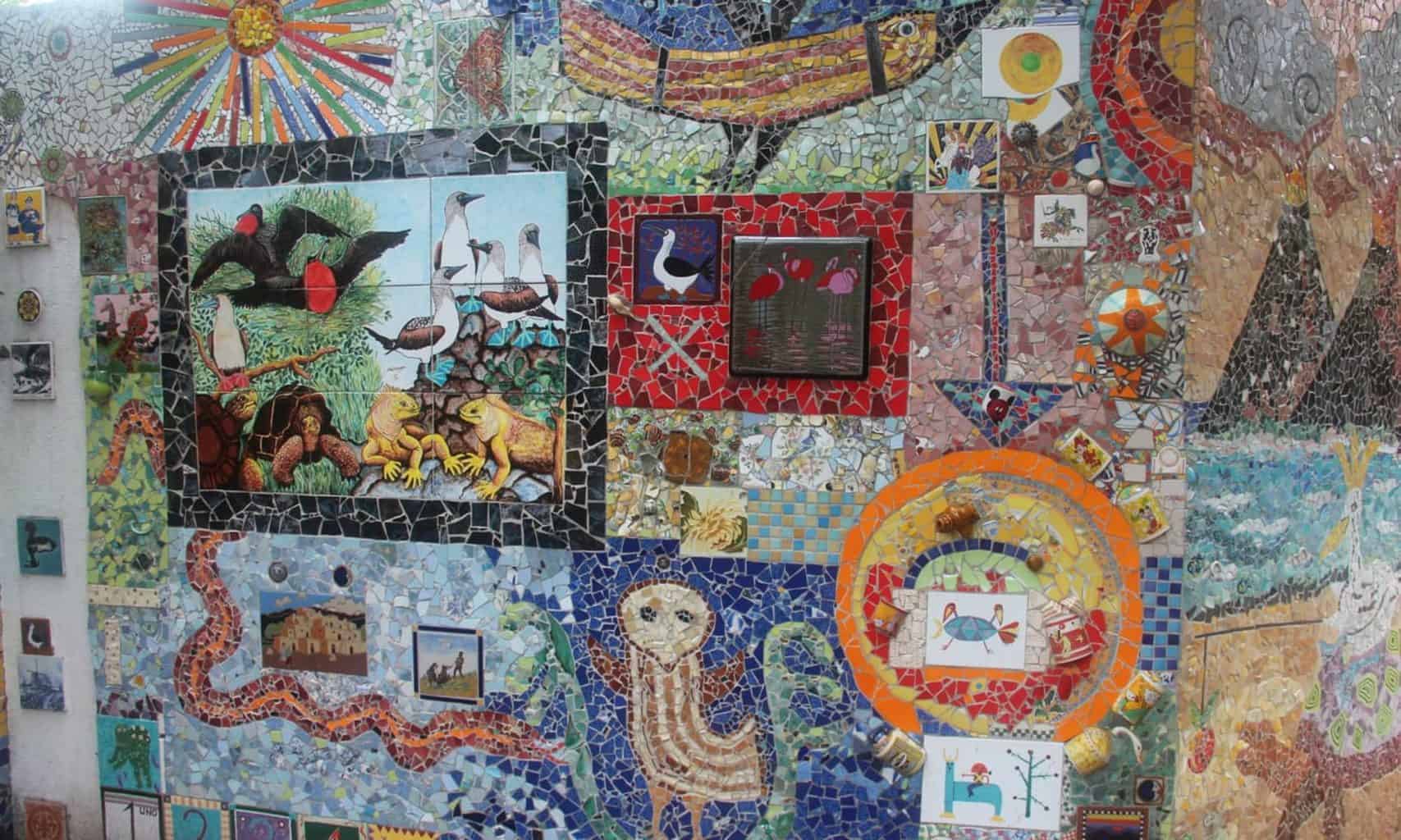
As much as we enjoy hiking trips, we also like driving trips to special places. Our recent trip to visit our friend Lorinda in Richland, Washington, was the starting and ending point of a rich, beautiful, educational, and just-plain-fun tour to the northeast corner of that state.
Richland (population 57,000) sits on the confluence of the Columbia River (the largest river in the Pacific Northwest) and the Yakima. Although it’s an arid region with hot summers and cold winters, the region supports large landholdings producing wheat, cattle, milk, apples, potatoes, cherries, grapes, and hops.
As one woman we talked with remarked, “I love living here, you have to seek out the special attractions.” Lorinda, knowing that Ralph and I love spending time outdoors, had lined up a special attractions–visiting the Grizzly Bear Research Center at Washington State University.Read More
To Pullman and the Grizzlies
We reached Pullman, WA, after a two-hr. drive. Up the hill behind Washington State University’s handsome campus, we pulled into the center’s parking lot at Grimes Way and Terre View Dr. and headed for the outdoor area where the bears spend their days. We had chosen our arrival time for noontime because we’d read that the bears would be fed at that time, and given “enhancement” activities–activities to stimulate the bear’s problem-solving skills and prevent boredom.
Room to explore and play
We stood on the edge of the parking lot facing a compound surrounded by chain-link fencing. The dozen or so bears were in three kinds of enclosures. There were 4 or 5 large enclosed cells–each big enough for 3 or 4 bears to move around, jump in a huge tub of water, play with toys, and eat. Closest to us was a corridor where a bear could move back and forth and see into all the cells. And to the side of the caged area, was a large grassy area (also surrounded by cyclone fence) with a climbing apparatus where three or four bears could hangout during the day or even sleep out all night.
We learned that the bears were regularly rotated through the different areas. The adult males could go out together, as could a group of females. The four youngsters, who were siblings, also went out together.
Bears’ personalities
It was exciting to watch the grizzlies go about their activities and observe some of their personalities. One of the females, in particular, was very vocal; her growls were sobering even though there were two lines of fencing between us. She wanted her food and her banging on the metal door to the inner facility was loud. She was not pleased with the delay of lunchtime while the zookeeper hosed down the cages, moved the groups around, and set up play apparatus.
Enhancements to stimulate
When the food came, we were intrigued by how the food was delivered on this day’s enhancement program. The zookeeper scattered several handfuls of strawberries around the cages. Large blocks of ice were thrown in–the catch being that fresh fruit had been frozen into the ice. Different bears had different approaches–some would munch on the ice, others would bat the giant cubes around in order to break the ice apart.
In another cell, the zookeeper hung 2-foot long cylinders of PVC pipe from the ceiling. The cylinders were partially filled with food that would only come out if the bears could turn the cylinders upside down on the cord. One bear tried the nursing approach; he managed to grab hold of the cylinder, pull down the end with food in it , and suck from it. The second bear tried the brute strength approach–slamming the container so hard that the food flew all over the cell.
Close-enough photo op
As if watching all this was not thrilling enough, one of the reseachers noticed that my photo-taking was difficult because of the double walls of fencing. So, he took us over to the gate of the outside enclosure and opened it just wide enough for me to stand in the opening. At first the bears were across the field, but when they noticed me (or more likely the open gate and the chance of food) they started heading toward us.
I kept a close look on them–assessing how long I would need to jump back all the while snapping photos. Lorinda kept telling me I should get out, but I was confident I could easily backup. Short as the time was, I was thrilled to once again be within spitting distance of a grizzly.
To visit
To plan a visit to WSU Bear Center at Washington State University, check their website here. Visits are seasonal because of the bears’ hibernation.
The WSU Bear Research, Education, and Conservation Center is the only grizzly bear research center of its kind in the United States. Federal and state biologists responsible for understanding and managing wild grizzly bears occasionally wanted to use captive bears in their studies.

